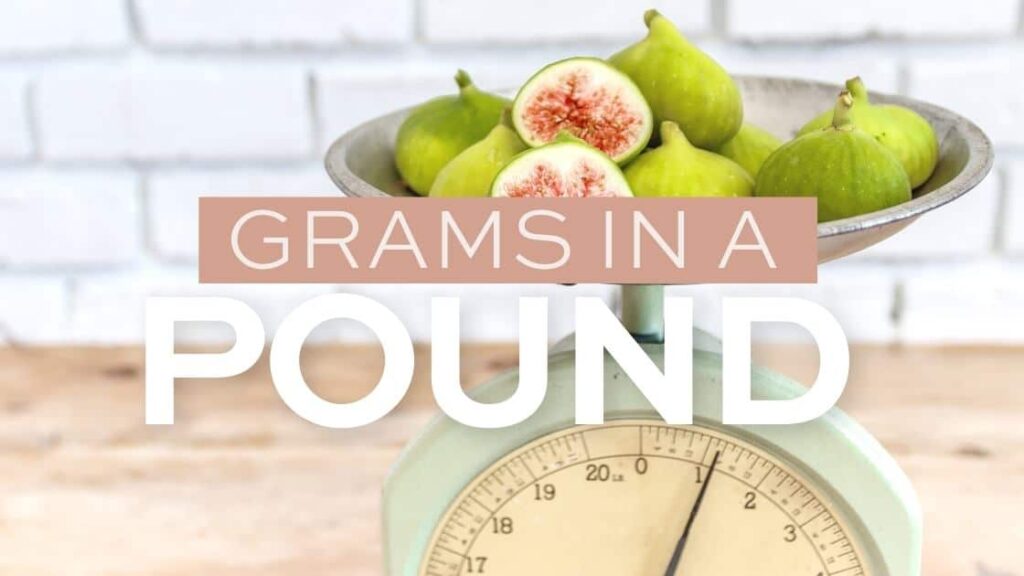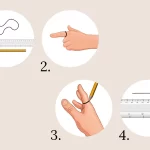How Many Grams in a Pound?
Understanding the conversion between grams and pounds is essential in various fields, including cooking, nutrition, science, and international trade. This article will explore the relationship between grams and pounds, delve into the history of measurement systems, and provide detailed information on conversions, practical applications, and frequently asked questions.
Introduction to Weight Measurement
Weight is a fundamental measurement used to quantify the heaviness of an object. Different countries and cultures have adopted various systems for measuring weight, with the metric system (grams) and the imperial system (pounds) being the most commonly used worldwide.
The Metric System and Grams
The metric system is an international decimalized system of measurement that is based on the meter for length, the liter for volume, and the gram for weight.
- Gram (g): The gram is the base unit of mass in the metric system. It is defined as one-thousandth of a kilogram. The gram is widely used in scientific contexts and is the standard unit of measurement for food packaging and nutritional information.
The Imperial System and Pounds
The imperial system, primarily used in the United States, measures weight in pounds.
- Pound (lb): The pound is a unit of weight that is defined as 16 ounces. It is commonly used in everyday contexts, such as measuring body weight, food portions, and other items.
Conversion Between Grams and Pounds
The conversion between grams and pounds is straightforward, as there is a defined relationship between the two units:
- 1 pound (lb) = 453.592 grams (g)
This means that if you have a weight in pounds, you can multiply it by 453.592 to convert it to grams. Conversely, to convert grams to pounds, you divide the number of grams by 453.592.
Practical Applications of Grams and Pounds
Understanding the conversion between grams and pounds is essential in various fields:
- Cooking and Baking: Recipes often use different measurement systems. Knowing how to convert grams to pounds (and vice versa) ensures accurate ingredient measurements for successful cooking and baking.
- Nutrition: Food labels commonly provide nutritional information in grams. Understanding how to convert these measurements to pounds can help individuals track their dietary intake more effectively.
- Science and Research: In scientific research, precise measurements are crucial. Researchers often need to convert weights between metric and imperial systems for experiments and data analysis.
- International Trade: Businesses involved in international trade must be aware of different measurement systems to ensure compliance with regulations and accurate product descriptions.
Conversion Table
Here is a conversion table for common weights between grams and pounds:
| Pounds (lb) | Grams (g) |
|---|---|
| 0.1 lb | 45.359 g |
| 0.5 lb | 226.796 g |
| 1 lb | 453.592 g |
| 2 lb | 907.185 g |
| 5 lb | 2267.96 g |
| 10 lb | 4535.92 g |
| 20 lb | 9071.85 g |
| 50 lb | 22679.61 g |
| 100 lb | 45359.24 g |
Historical Context of Measurement Systems
The history of measurement systems is rich and varied, reflecting the cultural and scientific developments of societies throughout time.
- Imperial System: The imperial system has its roots in ancient Roman and medieval English measurements. The pound, for example, is derived from the Roman libra, which was a unit of weight used in ancient Rome.
- Metric System: The metric system was developed in France during the late 18th century as a response to the need for a standardized system of measurement. It was designed to be simple, logical, and universally applicable.
Frequently Asked Questions (FAQs)
Q1: How many grams are in a pound?
There are approximately 453.592 grams in a pound.
Q2: How do I convert grams to pounds?
To convert grams to pounds, divide the number of grams by 453.592. For example, 1000 grams divided by 453.592 equals approximately 2.2 pounds.
Q3: Why do we use different measurement systems?
Different measurement systems have developed over time based on cultural, historical, and practical factors. The metric system is widely used in science and international contexts, while the imperial system is still prevalent in the United States.
Q4: Are there other units of weight in the metric system?
Yes, other units include kilograms (kg), milligrams (mg), and metric tons (t). One kilogram equals 1000 grams, and one metric ton equals 1,000,000 grams.
Q5: How can I remember the conversion between grams and pounds?
A simple way to remember the conversion is to know that 1 pound is roughly equivalent to 450 grams. This approximation can help with quick mental calculations.
Conclusion
Understanding how many grams are in a pound is essential for various practical applications, from cooking to scientific research. The conversion between these two units of weight is straightforward, enabling individuals to navigate different measurement systems effectively. By familiarizing yourself with the relationship between grams and pounds, you can enhance your ability to manage weight measurements in everyday life.
Additional Resources
For more detailed information about weight measurements, you can refer to the Wikipedia page on Weight.
| Measurement System | Unit | Conversion to Grams |
|---|---|---|
| Imperial | 1 pound (lb) | 453.592 grams (g) |
| Metric | 1 kilogram (kg) | 1000 grams (g) |
| Metric | 1 milligram (mg) | 0.001 grams (g) |
| Metric | 1 metric ton (t) | 1,000,000 grams (g) |
This article provides a comprehensive overview of the conversion between grams and pounds, emphasizing its importance in various fields and everyday life. Understanding these measurements can enhance your ability to navigate different contexts and improve your accuracy in weight-related tasks.



